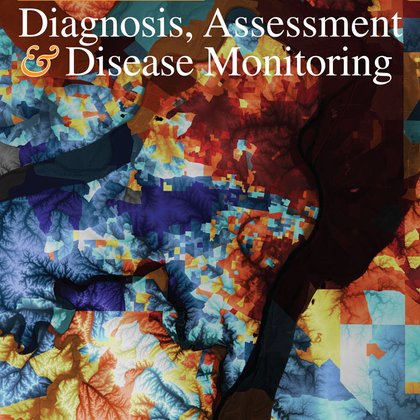
Maria Glymour
@MariaGlymour
Followers
8K
Following
3K
Media
169
Statuses
4K
Epidemiologist formerly at UCSF, now BUSPH. I'm trying alternative social media platforms: @mariaglymour.bsky.social, and @[email protected].
Boston, MA
Joined August 2012
Thanks to @ManlyEpic for a great talk -- very useful paper and incredibly important data resource @hrsisr .Thanks to @NIHAging for supporting HRS and MELODEM.
1
0
2
More on participant burden in Dr. Ken Langa's paper re hcap design :
pubmed.ncbi.nlm.nih.gov
Linking detailed HCAP cognitive assessments to the wealth of available longitudinal HRS data on cognition, health, biomarkers, genetics, health care utilization, informal care, and economic resources...
1
0
0
5 domains: Memory, Exec Fxn, Language, visuospatial (just 1 measure), and orientation (just 1 measure) domains. @rnjma did a factor analysis of factor structure, forthcoming in JINS. Preprint:
1
0
1
Goal of HCAP to increase sample, especially for people from minoritized groups, lower expense & create a network of comparable data in intn'l sister studies. Yang et al in Framingham study shows generational changes in cognitive scores -need for updates.
alz-journals.onlinelibrary.wiley.com
Introduction Generational changes warrant recalibrating normative cognitive measures to detect changes indicative of dementia risk within each generation. Methods We performed linear regressions t...
1
1
2
Starts by noting challenges with most data sources, noting @lennon's recent paper re racial patterns in NACC ( and work on transportability from the KHANDLE cohort to the California population from @EHayesLarson.
alz-journals.onlinelibrary.wiley.com
Introduction Most dementia studies are not population-representative; statistical tools can be applied to samples to obtain critically-needed population-representative estimates, but are not yet...
2
0
1

